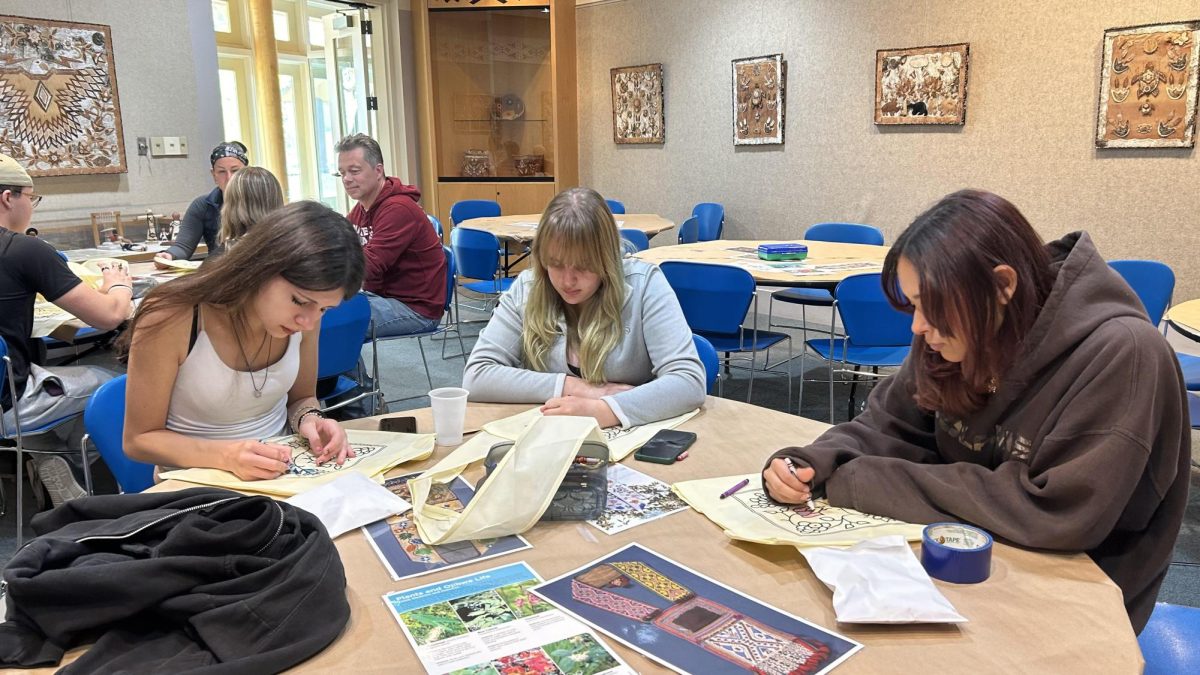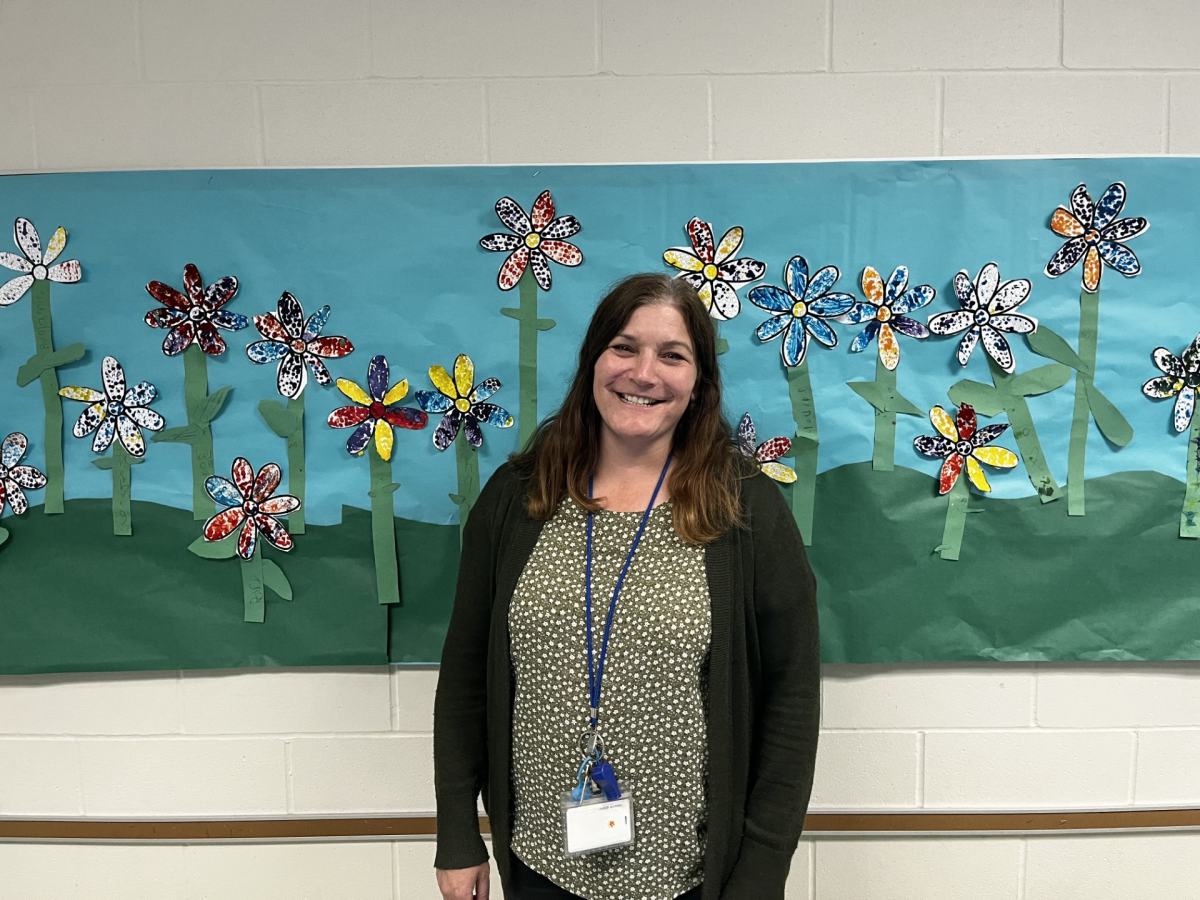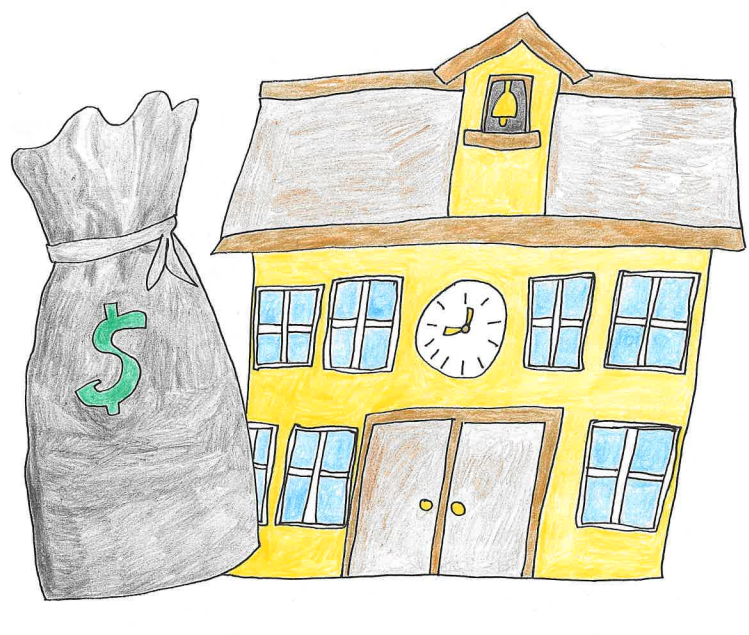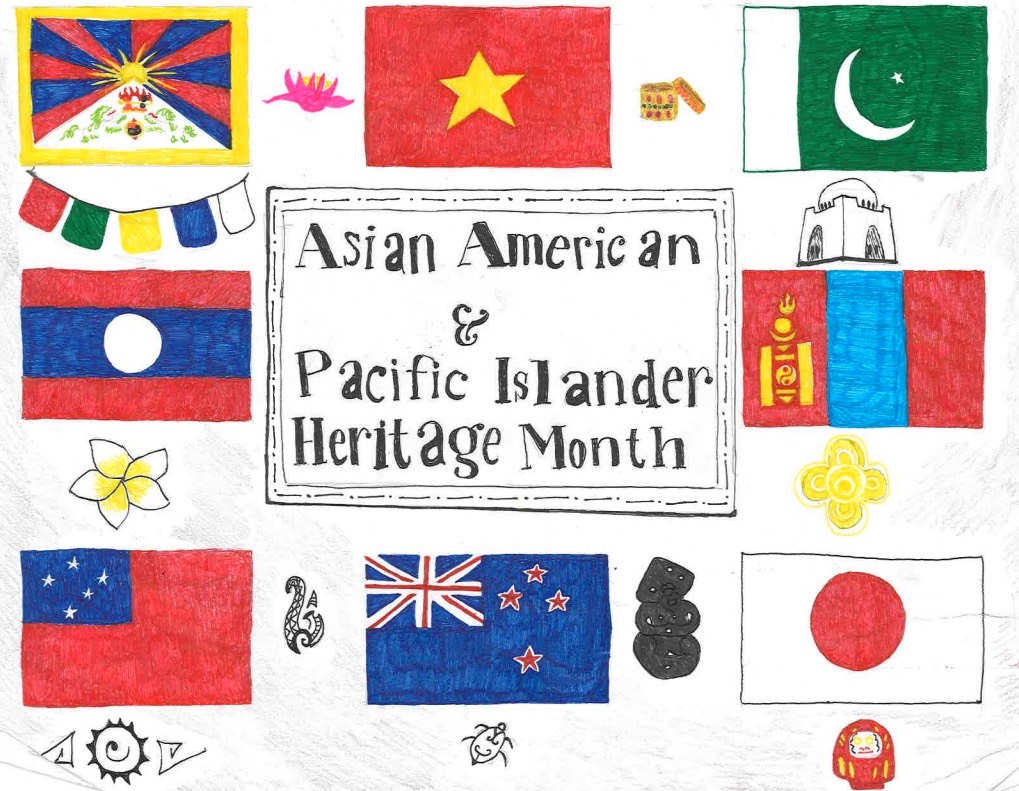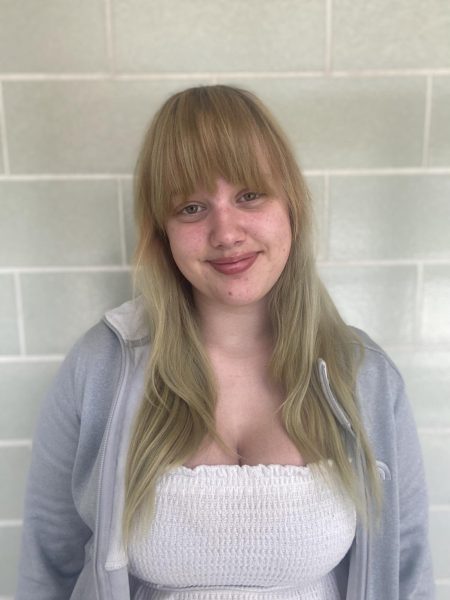NAPAC
Columbia Heights Public Schools’ Native American Parent Advisory Council (or NAPAC, formally known as American Indian Parent Advisory Council) is a parent and student committee dedicated to furthering the growth of native teachings within Heights as well as academic success for native students. NAPAC offers students great opportunities like a trip to Mille Lacs Indian Museum, regalia making and even the annual Columbia Heights High School (CHHS) powwow.
“I love being a part of [NAPAC] because it makes me feel more connected to my people,” Adriana Booth (10) said. “Everyone is so welcoming, and it really feels like everyone is having a good time. Practicing cultural traditions is super important to me and it makes me feel good. [Native American Education Mentor] Ms. Yolanda Dorr-Slowey is very supportive and her other students as well feel like we can be ourselves around her.”
NAPAC is dedicated to helping native Hylanders as well as other people be educated about the native cultures represented right here in Columbia Heights and beyond.
Regalia & Dancers
At a powwow, attendees see many people in beautiful outfits usually handmade by an elder or a dancer. These outfits are called regalia and are an important part of powwow and Indigenous culture as a whole. Many elders bead footwear and accessories like moccasins or bags for their children or grandchildren or even great-grandchildren to wear and continue the regalia tradition. This is a long process since the beads are so tiny it takes a long time to do, symbolizing the long-held cultural values of their people.
Another common piece of regalia is ribbon skirts. Many women wear them to events to proudly display their heritage and identity. A ribbon skirt is a regular long skirt with a pattern (sometimes tribal, sometimes not) the dancer likes and some ribbons. Some people use specific color ribbons for their meaning, other people just pick whatever color goes with the skirt.
“I think regalia is so beautiful and unique to every dancer,” American Indian Studies teacher Ms. Kristen Sinicariello said. “It also is extremely personal, and many people pass regalia on to their family members or receive various items as gifts from an elder. My favorite is probably the men’s fancy dance regalia, which includes dramatic and colorful bustles and headdresses.”
Men’s regalia is much different than women’s, featuring more animal pelts and feathers, resembling that of a hunter. In men’s chicken dance, dancers move like a chicken and wear feathers.
Whether deeply meaningful or simply aesthetically pleasing, the regalia on display at a powwow is a sight to behold.
Medicines & Ceremony
Many Indigenous people use medicines or plants from the earth as a way of removing toxins from the body and bringing in health and wellness. Some of the most popular natural herbs for these medicines are sweet grass, pine, and sage. Burning sweet grass or sage is a practice that is very fragrant and most associated with purifying spaces and people.
Many Native Americans also put sweet grass and pine above a door to cleanse those who enter. Sage can be used to get rid of bad spirits too, and during the process of burning (sometimes referred to as “saging”), the practitioner may say all the good things they want to come into their life.
“My step-mom is Indigenous and uses sage as a way to cleanse the house and get rid of bad spirits,” Cassious Jubera (6) said. “It makes the house more peaceful and not as spooky, and these medicines mean a lot to me because I [also] grew up with my mom using them a lot.”
During social dances, there is frequently a bowl full of tobacco and it’s used to give an offering to ancestors or help family members heal from illness or injury. Participants in a ceremony might take a pinch and say something like, “I offer this to rid my mom of sickness.” This is an essential part of several Native Americans’ everyday lives.


